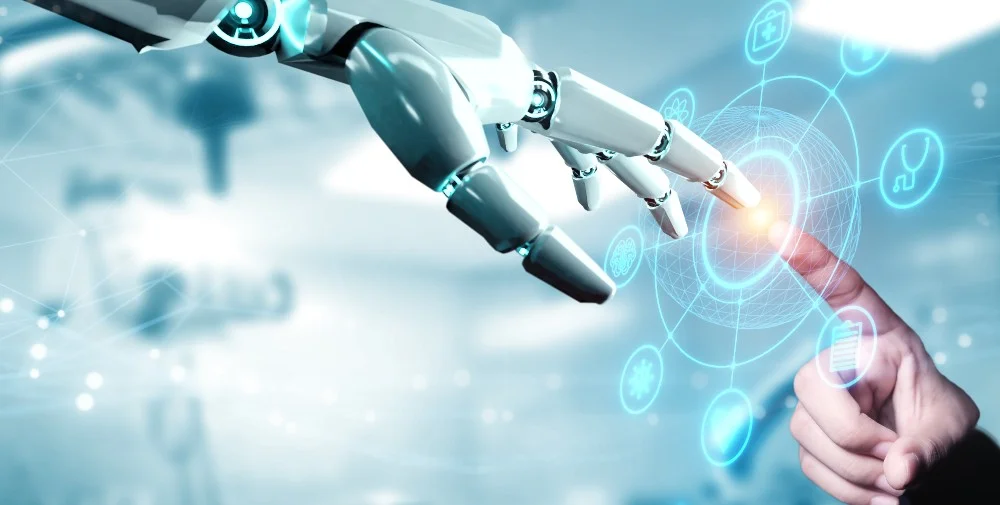Cultural heritage, including historic sites, artifacts, artworks, and traditional knowledge, plays a vital role in shaping our identities and understanding our past. However, these precious treasures are often vulnerable to natural disasters, environmental degradation, human activities, and the passage of time. To safeguard and conserve our cultural heritage, artificial intelligence (AI) is emerging as a powerful tool that can assist in various aspects of preservation and restoration.
- Digital Archiving and Documentation: Free AI tools collections can help digitize and preserve cultural artifacts, documents, and historical records. AI-powered scanners and image recognition algorithms can create high-resolution digital replicas of delicate artifacts, ensuring their long-term preservation and wider accessibility for research and educational purposes.
- Image Restoration: AI techniques such as image inpainting and super-resolution can restore damaged or degraded images of artworks, ancient texts, and photographs, reviving visual details that have been lost over time. This aids in reconstructing the original appearance of cultural heritage items.
- Language and Text Preservation: AI-driven natural language processing (NLP) tools can assist in preserving and deciphering ancient scripts and texts. These tools help translate, transcribe, and analyze historical documents, enabling researchers to gain insights into forgotten languages and cultural traditions.
- Site Monitoring and Conservation: AI-powered drones and satellite imaging can monitor and assess the condition of heritage sites, identifying potential threats such as erosion, illegal construction, or encroachments. This real-time data aids conservationists in implementing timely measures to protect these sites.
- Climate and Environmental Monitoring: AI can analyze environmental data to understand the impact of climate change on cultural heritage sites. By identifying climate-related risks, conservation efforts can be targeted to mitigate potential damage.
- Virtual Reconstruction: AI-driven virtual reality (VR) and augmented reality (AR) can reconstruct and recreate lost or damaged historical sites and artifacts virtually. This allows people to experience and appreciate cultural heritage that may no longer be physically accessible.
- Artifact Provenance and Authentication: AI technologies, including blockchain, can be used to track the provenance of cultural artifacts, ensuring their authenticity and preventing illicit trade and trafficking.
- Cultural Heritage Prediction and Risk Assessment: AI models can predict the vulnerability of cultural heritage sites to disasters or other risks based on historical data and environmental factors. This proactive approach helps prioritize conservation efforts and emergency planning.
- Digital Heritage Conservation: AI-powered algorithms can analyze and detect signs of deterioration or damage in digital collections of cultural heritage, ensuring their long-term preservation and accessibility.
- Cultural Heritage Education and Outreach: AI tools can facilitate interactive educational experiences, virtual tours, and immersive storytelling that engage audiences with cultural heritage. This helps raise awareness about the importance of preservation and fosters a sense of cultural identity.
While AI offers numerous opportunities for cultural conservation, it is essential to approach its use with caution and respect for cultural sensitivities. Ethical considerations, data privacy, and collaboration with local communities are paramount in integrating AI into cultural preservation efforts. By harnessing the potential of AI alongside human expertise and compassion, we can better safeguard and celebrate our rich cultural heritage for future generations to cherish and learn from.




